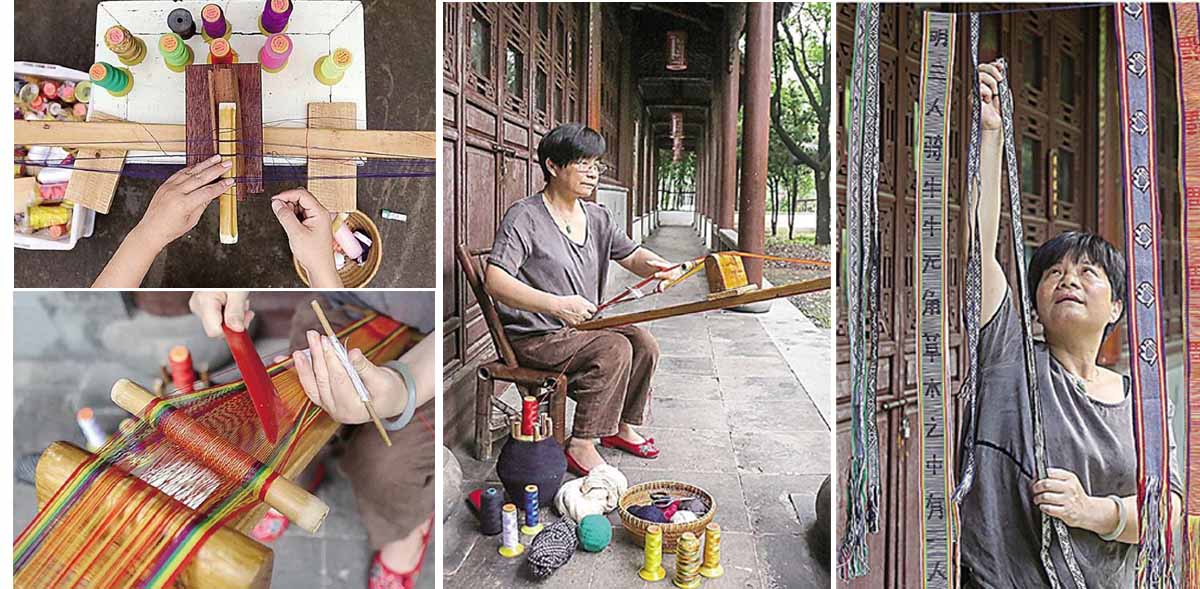
Handmade webbing is a protection project of China's intangible cultural heritage. The webbing tool is composed of a belt frame, a buckle, a brake plate, and a belt shuttle. The cloth and cotton threads of different colors are used as warp and weft threads, and the belt shuttle is used as the lead. The colors are bright and have red, blue, white, and green colors.
Traditional hand-made webbing is mainly composed of two types: "furoshiki belt" and "apron belt". The webbing generally has 6 processes. It takes two to three days to knit one, and some complicated ones take 2-3 months to complete. There are zodiac signs and auspicious words on the ribbon, and the variety is diverse, which makes people love it. The hand-woven belt is very strong and wear-resistant. A belt will not be broken after several years or even more than ten years. It is deeply loved by some collectors, and some citizens buy it back as a wedding item for their daughters.


 +86-769-86410729
+86-769-86410729
 E-mail
E-mail
